- Home
- Condensation
- Black Mould Removal
Black Mould Removal
On the face of it, black mould removal sounds simple, right? You just wipe it with bleach based cleaner to kill the spores and that’s it!
Unfortunately it’s not that simple.
But I’ll come back to how you should remove black mould in a moment. First I want to tell you what black mould is, why you don’t want it in your home and last but not least, how to get rid of it.
What is black mould?
The most common form of black mould is, according to Wikipedia:
“S. chartarum (previously known as S. atra) and S. chlorohalonata, are known as "black mold" or "toxic black mold" in the U.S.”
It’s a mould that grows in the presence of moisture, and the moisture is commonly due to lack of or inadequate ventilation. You can get black mould pretty much anywhere in your home where there's moisture, but the most common locations are bathrooms and bedrooms. In areas of high moisture it will have a moist brown/black appearance but in areas where the moisture source has dried up, it can be black and powdery in appearance.
Bathrooms are susceptible due to the large volume of moisture and because these areas tend to be quite poorly ventilated compared to the amount of moisture present. You’ll also very commonly find black mould in bedrooms as we can each breathe out large amounts of water vapour as we sleep.
If this water vapour comes into contact with a cold surface such as an uninsulated wall or ceiling or a cold window which is below the dew point it will condense to form condensation. If that condensation is then allowed to stay there for a few weeks, black mould can and will begin to grow in those areas.
Black mould tends to be prevalent in areas of low air movement, such as behind wardrobes, behind beds, in the corners of rooms where the walls and ceiling meet. The reason for this is because a lack of air movement means the moisture is less likely to get a chance to evaporate. If you have good air movement the moisture will tend to evaporate and reduce the risk of mould.
Black mould will also grow in areas which aren’t visible such as behind wood panels, under floors and in any area where there’s a steady moisture source (and a lack of air movement). Black mould removal in these unseen areas will be more difficult and therefore more expensive.
Why you don’t want black mould in your home!
People exposed to black mould spores in their homes are more likely to experience respiratory illness e.g. cough, wheeze, fungal infection, or development/exacerbation of allergic airway diseases. Aside from respiratory effects, black mould can also cause eye or skin irritation, eczema, and can have a negative impact on mental health. The very young and old, or people with pre-existing conditions (e.g asthma or cardiovascular disease) or weakened immune systems are most at risk.
The more serious the mould problem and the longer the exposure, the greater the risk to health. It can be potentially fatal in the most severe cases, such as the tragic death of 2-year-old Awaab Ishak from prolonged mould exposure. This led to the creation of Awaab’s Law, which will require landlords to promptly address damp and mould issues.
Black mould removal:
Black mould removal in severe cases is something that's best left to the experts, as disturbing it can release millions of dangerous spores into your home.
If however your mould isn't severe there are a few different methods that can be used to kill it. But before we get into the details, it's really important to take a few safety precautions:
Ensure you're wearing personal protective equipment (PPE) such as gloves, a mask and goggles. These items will protect your skin, eyes, and respiratory system from potential harm.
Ensure the area you're working in is well-ventilated. Close the door of the room you're in, so spores don't spread through the property. Open the windows in the room and place a fan near the window to draw out the air. Remember, it's not just about getting the job done, it's about getting it done safely!
Lastly don't start to rub the mould while dry as you will release millions of spores. Instead, spray the mould with whichever product you've chosen to dampen it down and leave it for at least 5 minutes before you start rubbing at it, as this helps prevent mould spores from becoming airborne.
Mould Removal Products:
- Chemical Based Mould Killing Products – There are lots of these available on your high street or online. They all tend to be bleach based and as such care should be taken when using them as bleach gives off pretty nasty fumes. So, as mentioned above, wear appropriate protective equipment and make sure the room is well ventilated.
But be aware that bleach will only kill the mould on non-porous surfaces, such as, tiles, PVC window frames etc. On porous surfaces such as paint and plaster etc. the bleach will only wipe away the surface mould. So, on porous surfaces, see points 2 and 3 below. Plus, they are a lot less nasty than bleach. - Natural Mould Killing Products:
There are many of these, but two of the more common methods can be seen below.
White Vinegar – This is a more environmentally friendly way of removing your black mould. If you’ve got quite a lot of mould use the vinegar neat or for small patches mix it 50:50 with water and spray on the mould. Let it sit on it for 60 minutes to kill the mould before scrubbing and wiping it away
Tea tree oil – Again, this is a good non-toxic way of defeating your black mould. Simply mix 2 teaspoons of tea tree oil with 2 cups of water. Put the mixture into a spray bottle and spray onto the mould. As above leave it to kill the mould for 60 minutes before scrubbing and wiping it away.
It’s also a good idea to spray problem areas before the mould starts to grow with the tea tree or vinegar solution to prevent future regrowth.
While these methods work well, the secret is not to allow it to grow in the first place by making sure your home is warm, well ventilated and there are no moisture sources such as leaking pipes, condensation, penetrating damp etc.
If you do have black mould growing or starting to grow in any areas of your home, try to get rid of it as soon as possible and then get rid of the source of moisture.
I can’t stress it enough, just wiping away the mould and ignoring the underlying problem i.e. damp or condensation will NOT solve your problem. If you don’t get rid of the moisture/condensation source your black mould will keep coming back.
Top Tip - You can also buy an additive that you can add to your chosen paint which is resistant to mould growth and will go some way to reducing the regularity of mould growth within your home.
Quick Guide to the Mould Removal Process:
Step 1: Safety First – Put on your PPE including gloves, mask, and goggles. Ensure the room is well-ventilated.
Step 2: Protect Your Space – Cover any areas you want to protect with plastic sheets. Seal off the room to prevent mould spores from spreading to other areas.
Step 4: Wet the Mould – Lightly mist the mould with bleach based cleaner (for non-porous surfaces) or vinegar/Tea tree solution (for any surface). This helps prevent mould spores from becoming airborne.
Step 5: Scrub Away – After letting the solution sit on the mould for at least 5 minutes, use a stiff brush to scrub the mould off the surface. Don't forget to scrub a bit beyond the mouldy area to catch any invisible spores.
Step 6: Rinse and Dry – Rinse the area with clean water. Dry thoroughly, as any remaining moisture can lead to new mould growth.
Step 7: Dispose of Cleaning Materials – Safely dispose of any rags, brushes or other materials used in the cleaning process.
Step 8: Monitor the Area – Keep an eye on the area for a few weeks to ensure the mould doesn't return. Spray with a topical vinegar or tea tree solution to help prevent future regrowth.
Remember, every mould situation is unique, so feel free to adapt these steps to suit your needs. And don't forget, if the job seems too big or risky, there's no shame in calling in a professional. You've got this!
Conclusion:
The most common locations I come across black mould, as mentioned above, is in bathrooms and bedrooms. The most common moisture source I find is condensation caused by excessive water vapour in the house, often, but not exclusively, from drying clothes inside, cooking, bathing and inadequate ventilation etc.
Condensation can also be due to cold uninsulated walls and ceilings or cold spots where the insulation the loft may have been lifted or not laid correctly.
To get rid of it, either:
Get a professional to carry out the black mould removal for you.
Use one of the DIY black mould removal methods above.
Then deal with the damp or condensation problem straight away to make sure the mould doesn’t return. Remember that this may involve installing insulation to lift the surface temperature of the wall/ceiling to above the dew point.
If you think you have a damp problem, there’s a good chance you’ll need to find a builder or qualified repair company to sort this out for you. However, if you’re suffering from excessive condensation, the main way of reducing condensation is to increase heat and ventilation.
Increasing heat and ventilation is easy. Just turn the heating up a bit and open your windows more often to allow fresh air in and stale, moisture-laden air out. However, it's typically not as straightforward as that, so have a read through my article on reducing condensation by clicking the link above.
If you’re struggling to increase ventilation there are several other ways of providing additional ventilation within your home, from positive input ventilation to humidity sensing fans right through to mechanical ventilation and heat recovery.
You can find out more about these and which one would best suit your home by following the links above to my individual articles on each.
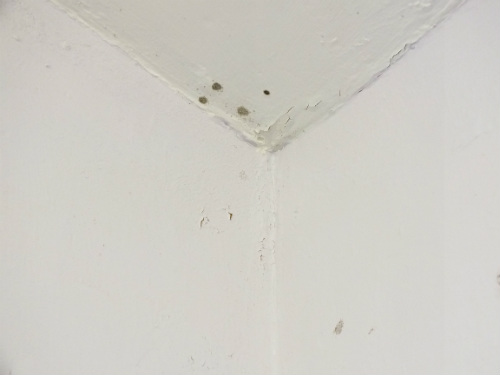
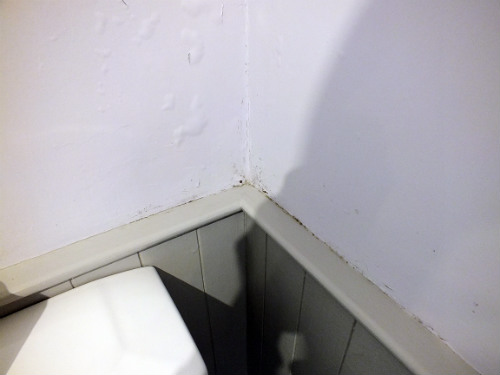
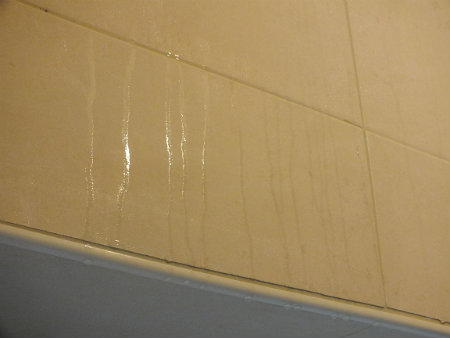
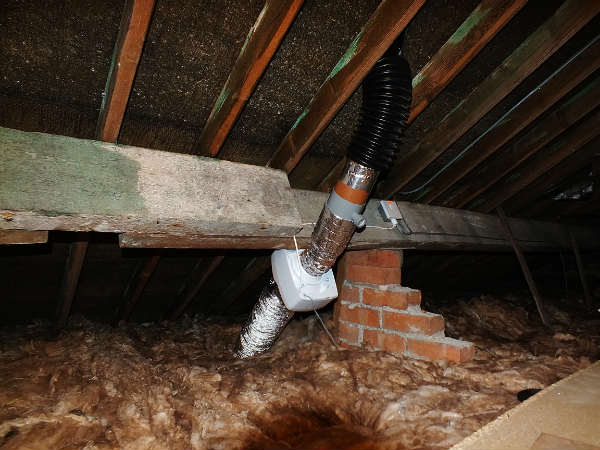
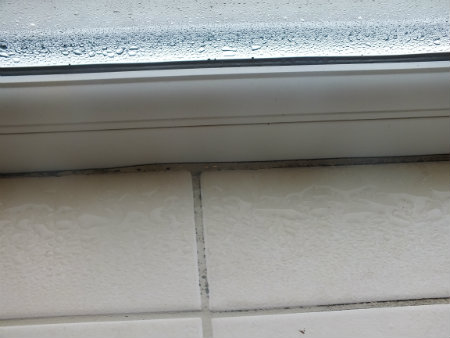
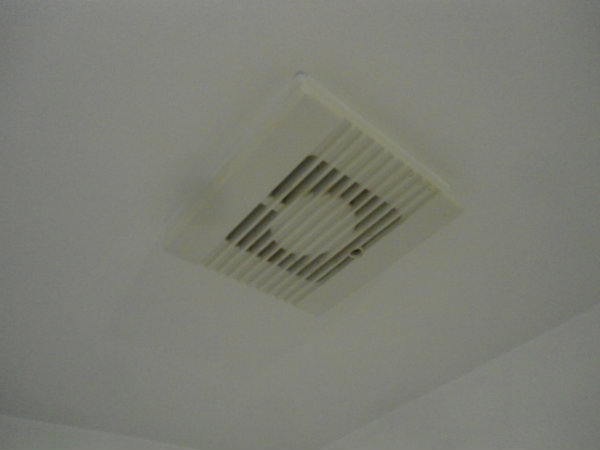
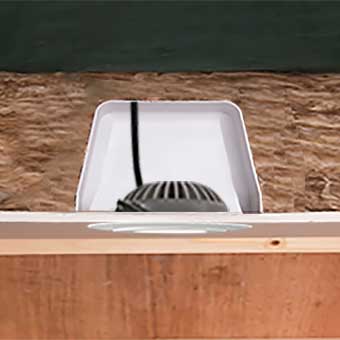








New! Comments
Have your say about what you just read! Leave me a comment in the box below.